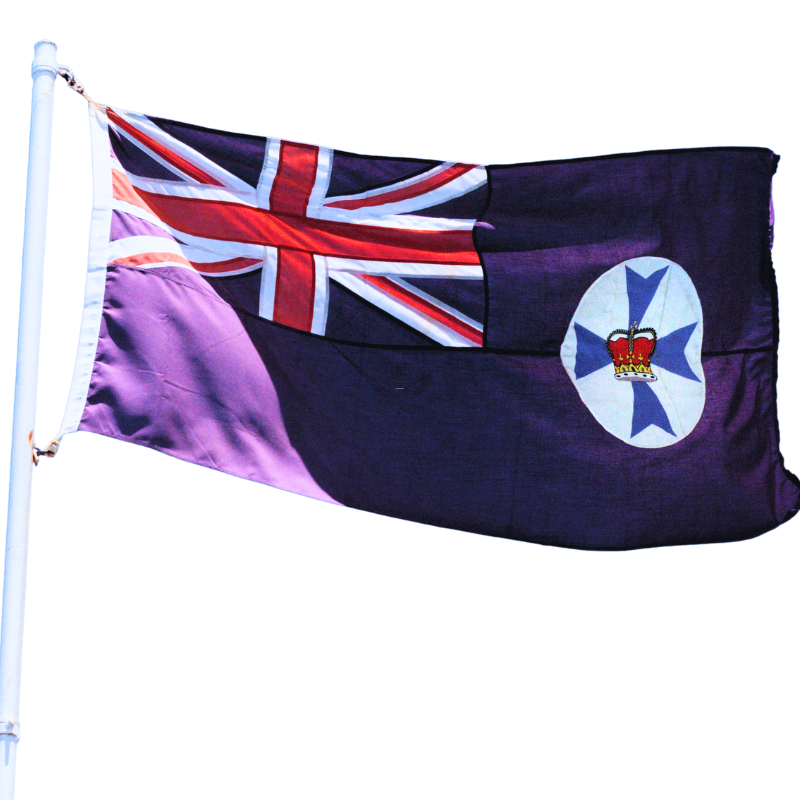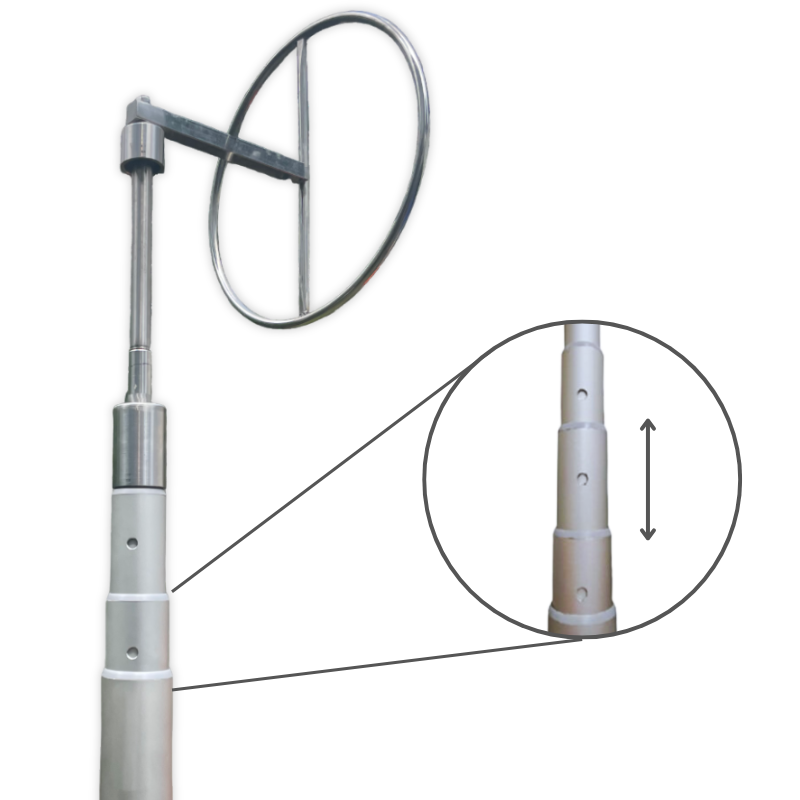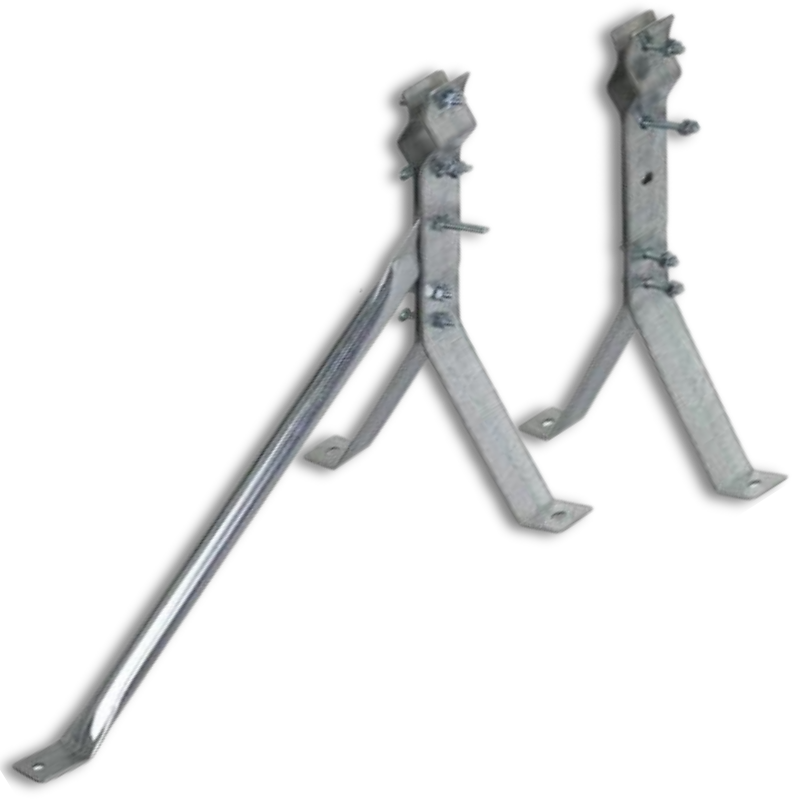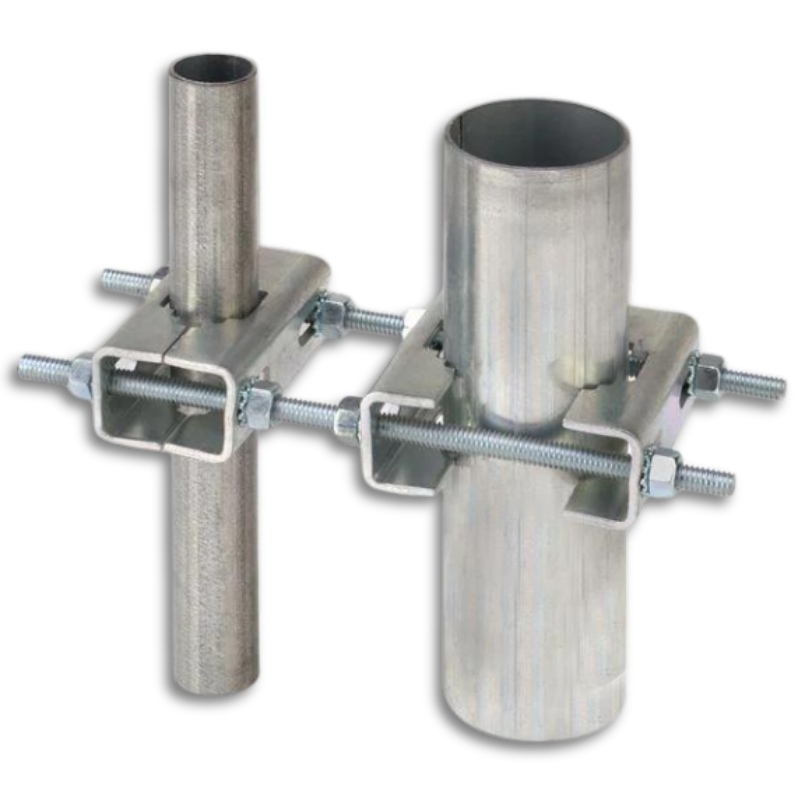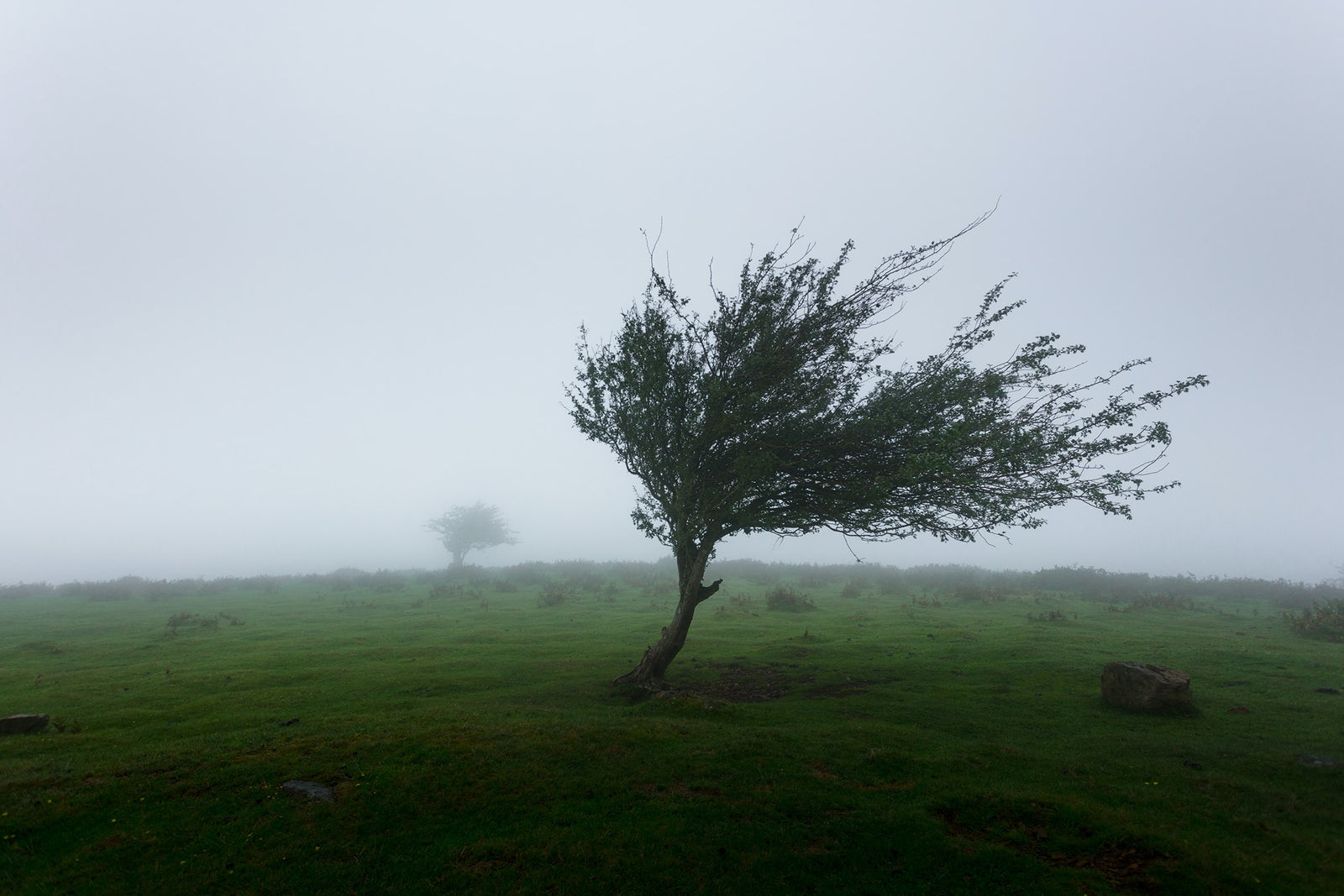Dangerous Winds: What You Need to Know
Have you ever been down the coast, feeling that refreshing sea breeze on your face? It’s one of life’s simple pleasures. But what’s a pleasant gust to one person might feel like a full-on gale to someone else. So, how do we describe just how windy it is in a way that everyone understands?
That’s where the Beaufort Wind Force Scale comes in.
What Is the Beaufort Scale?
Back in 1805, Irish hydrographer Francis Beaufort, a member of the Royal Navy, created a scale to standardise the way we talk about wind force. Rather than just saying “it’s a bit breezy,” he wanted a consistent way for sailors to understand how wind would affect their ships.
Originally, the Beaufort Scale didn’t use numbers—it relied on descriptions like “no canvas sail can withstand these winds.” As technology evolved, so did the scale.
By 1916, the descriptions were updated to include the effects of wind on land, not just at sea. And in 1946, forces 13 to 17 were added to account for extreme cases, such as tropical cyclones. These higher levels are still used in places like Taiwan and mainland China, where typhoons are common.
Today, the modern Beaufort Scale includes:
-
A wind force number (from 0 to 12 for most applications)
-
A description of what the wind feels like
-
Wind speed in kilometres per hour (km/h), knots, and miles per hour (mph)
-
Observable effects on land and sea, including wave height and sea state
Why Does It Matter?
Here in Australia, we experience everything from gentle summer breezes to cyclonic storms—sometimes all in the same week. If you're in a bushfire-prone area, wind speed can dramatically impact how quickly a fire spreads. Along the coast, strong winds can stir up dangerous surf conditions, while in regional areas, straight-line winds from thunderstorms can flatten fences and sheds in minutes.
In fact, wind-related damage is a major factor in severe weather reports. In the U.S., for instance, winds from thunderstorms cause more frequent damage than tornadoes do. Wind gusts there can reach 160 km/h (100 mph) and leave a trail of destruction kilometres long.
Reading the Wind with a Windsock
Whether you’re managing a rural property, private airstrip, vineyard, or even just want a practical tool at your weekender or beach shack, having a windsock on hand is a great way to quickly read wind conditions.
Windsocks can show:
-
Wind direction (based on the direction the sock is pointing)
-
Approximate wind speed (based on how much the sock inflates—full inflation means stronger wind)
This is particularly handy during stormy seasons or for day-to-day decisions around spraying, sailing, flying, or even drying clothes on the line.
Want to know more about how to read a windsock? [Check out our article here → How to Read a Windsock].
Windsocks: Functional and Stylish
We make custom windsocks for:
-
Family farms and station homesteads
-
Private airstrips and aircraft hangars
-
Coastal cottages, holiday homes, and outback retreats
They're both functional and decorative, adding character to your property while giving you helpful insight into your local weather conditions.
📞 Get in Touch
Ready to order a custom windsock? We’re here to help.
Let your brand—or your paddock—fly.






